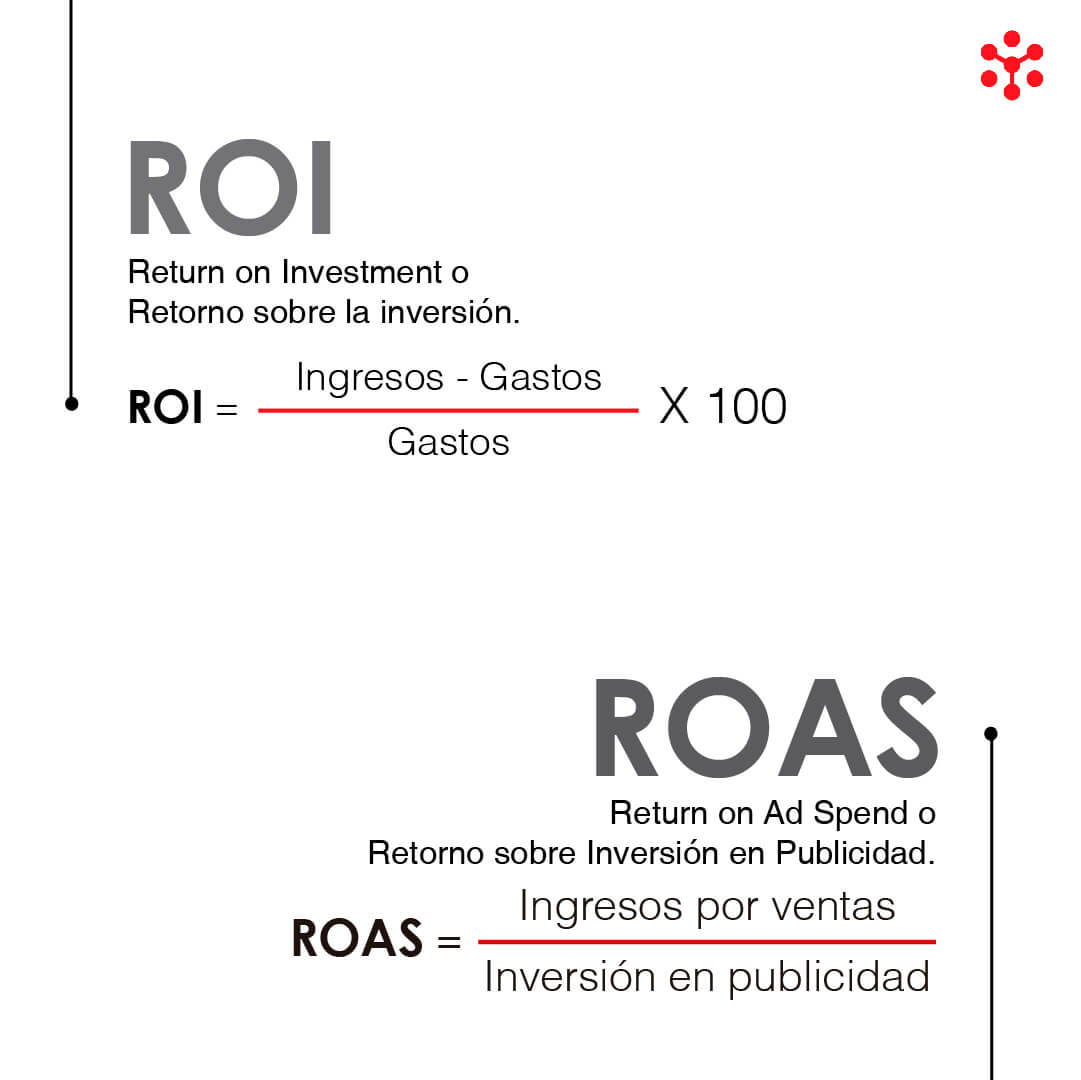- Home
- Data & Analytics
- The importance of knowing what we are talking about: ROAS vs ROI
The importance of knowing what we are talking about: ROAS vs ROI

EITAN SHOVAL
CEO & Partner
Every day we hear more about Return on Ad Spend (ROAS) and Return on Investment (ROI). These terms have become focal points for our brand managers, marketing managers, managers, and even business owners. Conversations such as… “I need to understand my ROI to decide how much to invest in advertising” or “As an agency, what ROAS do you guarantee me?” even “If you are such experts, charge me only if the campaigns you execute generate sales and return on investment.”
All valid comments, and open to answering those questions, as long as we know what we are talking about, and with understanding that successful businesses are more than their marketing and communication strategies. That’s why today I want to talk about the big difference between ROI and ROAS: They are definitely NOT THE SAME, and they are NOT USED FOR THE SAME PURPOSES.
ROAS (Return on Ad Spend) means Return on Investment in Advertising. ROAS formula = Sales Revenue / Advertising Investment. It is used as a key metric for E-Commerce management and to be able to give direct attribution of sales to advertising investments.
The way to measure it is by dividing the generated sale by the media investment. For example, if I achieve a sale of $10,000 with an investment of $2,800, it represents a ROAS of 3.57x.
Yes, ROAS is measured in times (“x”) or as a multiple of our investment. The question everyone asks is, what is a good ROAS? It all depends on your industry, the maturity and recognition of your brand, repeat purchases, and the lifetime value of your customer. We have seen ROAS ranging from 1.8x to 100x. Having a very high ROAS seems optimal, but if your ROI is negative, you’re in trouble. Similarly, if you have a lean cost structure and efficient logistics, you could generate very good ROI with low ROAS.
Now let’s understand ROI (Return on Investment): it means net return on investment and seeks to measure the net profitability, or the percentage of net return on an investment made. Formula ROI = (Revenue – Costs) / (Costs) x 100. Here we not only include the investment in advertising, but we also take into account the cost of the product or service, logistics costs, agency costs, and other costs or expenses related to the operation.
For example, if you achieve a sale of $10,000 which has a gross profit of 60% or $6,000, and you invest in advertising $2,800, shipping costs $100, customer service personnel $400, agency $500, and fixed costs $700. Your final profitability (net profit) was actually $1,500, which translates to an ROI of 17.6%. Yes, this is measured in percentage.
Thus, the ideal would be to obtain high ROAS and positive ROI attributed to each action or investment we make in advertising, taking advantage of the direct attribution that digital offers us. However, the reality is that some actions are difficult to measure, so we must strive for a good balance between ROAS, ROI, and other metrics that will help us build long-term brands that have brand recognition, recommendation, interaction, purchase intent, and conversation. This is something I have learned over the years in the advertising world and it has been challenging for me to understand as a financial professional at heart and in reason.
Eitan Shoval
With over 18 years of experience in business strategy, finance, and operations, working with major regional banks in Latin America such as Banco Pichincha, the Gilinski Group, and one of the top 20 car dealers in the United States, South Motors, with sales exceeding $1 billion.
Today, he leads Asylum Marketing and serves as the COO and CFO of the CommerceTech company smartBeemo. Together, we have more than 600 direct and indirect collaborators in the region, with offices in Miami, Mexico City, Panama, Cali, and Bogotá; and strategic partners in over 15 countries to handle projects throughout the Americas.
In his leadership role at both the Agency and smartBeemo, he ends up wearing many hats and taking on responsibilities that include strategy, sales, client development and relationships, product development, innovation, finance, treasury, accounting, operations, human resources, legal, tax matters, and everything related to business development and growth.
Share
Related Content
13 November, 2021
Good practices for advertising through email marketing on Black Friday & Cyber Monday
The best email marketing campaigns for Black Friday & Cyber Monday are those that at all times…
Data & AnalyticsMedia & Performance
10 June, 2021
ROI, the great enigma of the world of marketing
“If we want to have clarity about the real behavior of our product in the lower stage of the…
24 July, 2020
Practical guide to working from home
The world changed in 15 days and it is our duty, as 2020 professionals, to quickly adapt to these…
17 January, 2024
DATA INTERPRETATION: THE PATH TO REAL DECISIONS
The evolution in algorithms is unstoppable. SEO practices require specialists to adapt to changes…
5 September, 2023
Improve eCommerce strategy for the end-of-year discount and shopping season in Latin America
The year-end season is one of the most important times for e-commerce in Latin America, with events…
StrategyTechnology & innovation
23 February, 2021
Does the year 2021 suit us?
Today, we find ourselves living in a world saturated with new technologies, appearing at a frenetic…








